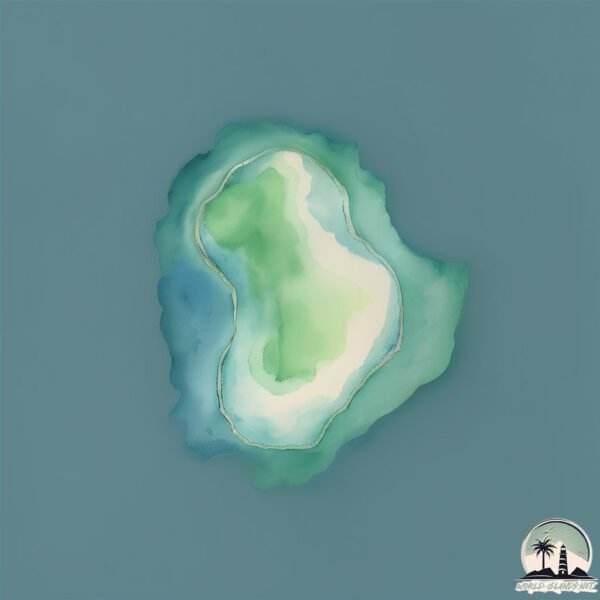Welcome to Skink , a Temperate island in the Great Australian Bight, part of the majestic Indian Ocean. This guide offers a comprehensive overview of what makes Skink unique – from its geography and climate to its population, infrastructure, and beyond. Dive into the details:
Geography and size of Skink
Size: 0.114 km²Coastline: 1.6 kmOcean: Indian OceanSea: Great Australian BightContinent: Oceania
Skink is a Tiny Island spanning 0.114 km² with a coastline of 1.6 km.
Archipel: –
Tectonic Plate: Australia – A major tectonic plate covering Australia, New Zealand, and parts of the Indian and Pacific Oceans, known for its relative stability and occasional seismic activity.
The geographic heart of the island is pinpointed at these coordinates:
Climate and weather of Skink
Climate Zone: TemperateClimate Details: Warm-Summer Mediterranean ClimateTemperature: Warm Summer
Climate Characteristics: Characterized by warm, dry summers and mild, wet winters, typical of coastal areas with abundant sunshine Rain is more common in the winter months, maintaining a moderate climate.
Topography and nature of Skink
Timezone: UTC+08:00Timezone places: Australia/PerthMax. Elevation: 2 m Mean Elevation: 2 mVegetation: Evergreen Broadleaf ForestTree Coverage: 61%
The mean elevation is 2 m. The highest elevation on the island reaches approximately 2 meters above sea level. The island is characterized by Plains: Flat, low-lying lands characterized by a maximum elevation of up to 200 meters. On islands, plains are typically coastal lowlands or central flat areas.
Dominating Vegetation: Evergreen Broadleaf Forest
Vegetation: 1 vegetation zones – Minimal Diversity Island
Infrastructure and Travelling to Skink
Does the island have a public airport? no .
Does the island have a major port? no .
The mean population of Skink is 0 per km². Skink is Uninhabited. The island belongs to Australia .
Continuing your journey, Garden is the next notable island, situated merely km away.
The BIGGEST Skink In The World! All About Monkey Tailed Skinks!
Monkey Tailed Skinks are the largest skinks in the world! These amazing pet lizards are beautiful and friendly pets that make ...
The BIGGEST Skink In The World! All About Monkey Tailed Skinks!
Monkey Tailed Skinks are the largest skinks in the world! These ...
Monkey Tailed Skinks are the largest skinks in the world! These amazing pet lizards are beautiful and friendly pets that make ...
Solomon Island Prehensile-tailed Skink, The Best Pet Lizard?
The Solomon Island prehensile-tailed skink or monkey-tailed skink ...
The Solomon Island prehensile-tailed skink or monkey-tailed skink (Corucia zebrata) is one of the coolest lizards on the planet.
Maryland Zoo brings in Solomon Island Skink
The Maryland Zoo brings in a Solomon Island Skink. You can see The ...
The Maryland Zoo brings in a Solomon Island Skink. You can see The Lion King before anyone else with the zoo. Subscribe to ...
Australia is classified as Developed region: nonG7: Developed economies outside of the Group of Seven, characterized by high income and advanced economic structures. The level of income is High income: OECD.
News – Latest Updates and Headlines from Skink
Stay informed with the most recent news and important headlines from Skink. Here’s a roundup of the latest developments.
Loading...
Please note: The data used here has been primarily extracted from satellite readings. Deviations from exact values may occur, particularly regarding the height of elevations and population density. Land area and coastline measurements refer to average values at mean high tide.

